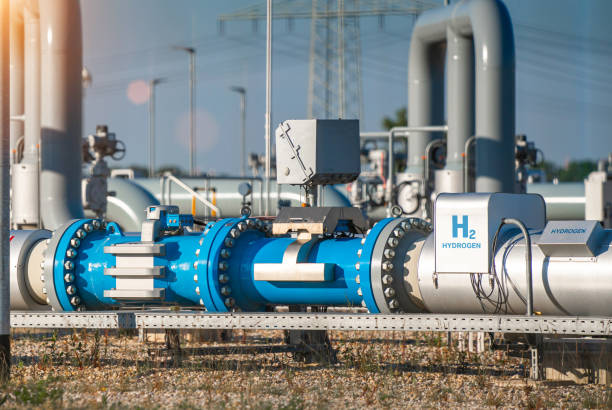Riding the Wave: Understanding the Impact of Hydrogen Fuel Cell Technology in Cars
Introduction: Picture this: you're driving a car that only emits water vapor, making it one of the cleanest energy sources on the planet. This isn't science fiction but the reality of hydrogen fuel cell technology. But what exactly is it, and how does it stand to revolutionize the automotive industry? Let's dive in.

A Glimpse into the Past: The Genesis of Hydrogen Fuel Cell Technology
Hydrogen fuel cell technology is not a new concept. The underlying principle was first discovered in the early 19th century by Sir William Grove, a Welsh scientist. However, the first practical application of hydrogen fuel cell technology in vehicles wasn’t realized until the 20th century.
During the 1960s, General Motors developed the GM Electrovan, the first-ever vehicle powered by a hydrogen fuel cell. The van was a technological breakthrough but was impractical for mass production due to its high cost and the lack of a hydrogen infrastructure.
Hydrogen Fuel Cell Technology: A Closer Look
Hydrogen fuel cell vehicles (FCVs) work by converting chemical energy stored in hydrogen fuel into electricity. FCVs are equipped with a hydrogen fuel cell stack, where the magic happens. When hydrogen gas is fed into the fuel cell stack, it reacts with oxygen from the air, producing electricity and water as a by-product.
Unlike traditional vehicles, which run on gasoline or diesel, FCVs produce zero tailpipe emissions. This makes them a more sustainable and environmentally friendly alternative to traditional internal combustion engines.
Current Trends and the Future of FCVs
Despite the slow start, hydrogen fuel cell technology is gaining momentum in the automotive industry. Several leading car manufacturers, including Toyota, Honda, and Hyundai, have invested heavily in FCVs, resulting in cars like the Toyota Mirai, Honda Clarity, and Hyundai Nexo.
However, the success of FCVs is heavily dependent on the development of a robust hydrogen infrastructure. This includes the production, transportation, and storage of hydrogen fuel, as well as the establishment of a network of hydrogen refueling stations.
The Advantages and Challenges of Hydrogen Fuel Cell Technology
There are several advantages to hydrogen fuel cell technology. As previously mentioned, FCVs produce zero tailpipe emissions, making them a cleaner alternative to traditional vehicles. They also have a longer range and faster refueling times compared to electric vehicles.
However, there are also significant challenges to overcome. These include the high cost of hydrogen fuel cell technology, the lack of infrastructure, and the fact that most hydrogen fuel is currently sourced from natural gas, a non-renewable resource.
Conclusion
Hydrogen fuel cell technology harbors the potential to revolutionize the automotive industry, offering a cleaner, more sustainable alternative to traditional vehicles. However, significant challenges need to be addressed before this technology can become mainstream. As the automotive industry continues to evolve, one thing is clear: the journey towards sustainable transportation is as exciting as it is complex.





